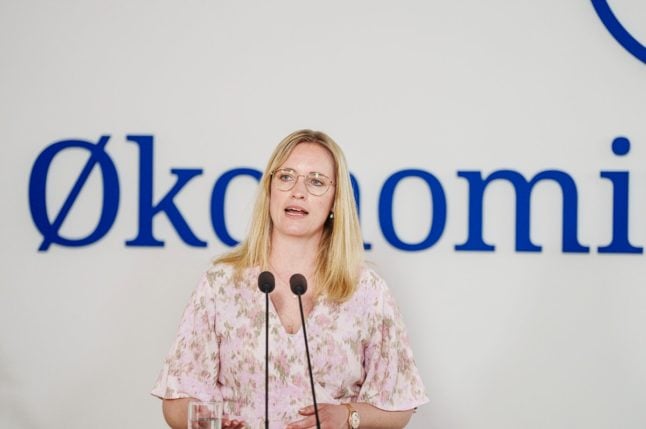New figures from the central bank, Nationalbanken, which calculates the state debt at the beginning of each year, put the national debt at 294 billion kroner, some 28.6 billion kroner lower than at the beginning of 2023.
The debt is equivalent to around 10.5 percent of Denmark’s GDP and is the lowest level registered since the Nationalbank began tracking it.
“We are at a place where we, a few years ago, probably never imagined we would be and that reflects the healthy state of public finances,” senior economist with the Danish Chamber of Commerce, Kristian Skriver, said to news wire Ritzau.
Skriver said the low debt was due to surpluses in public finances in recent years thanks to high employment, low unemployment and relatively high consumer spending.
“And it is also a result of us having good budget discipline in Denmark, where politicians don’t spend more than has been allocated,” he added.
The low state debt also means that interest rates can be kept relatively low due to confidence in the economy.
That makes the Danish economy more robust in times of crisis than it would be of the debt was higher.
“We simply have more in our armoury if the economy needs a helping hand because we have space to borrow more money,” Skriver said.
Only three countries – Estonia, Bulgaria and Luxembourg – have lower national debt than Denmark. Others, including Greece and Italy, have state debts well in excess of their GDP.




 Please whitelist us to continue reading.
Please whitelist us to continue reading.
Member comments